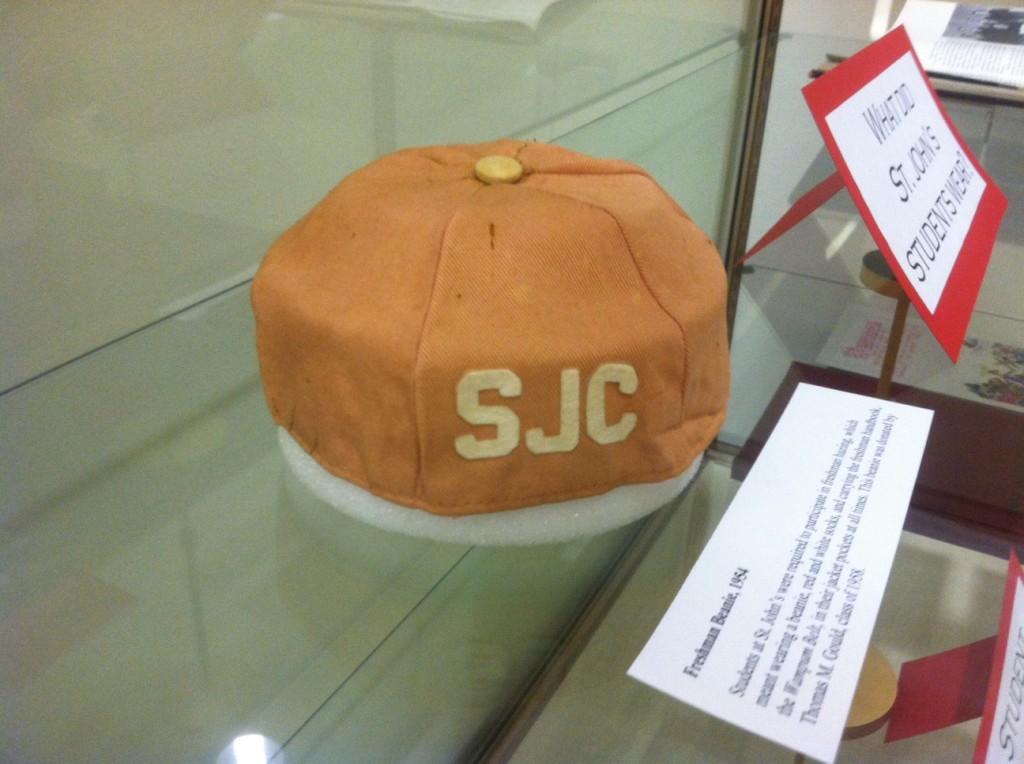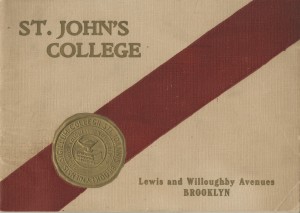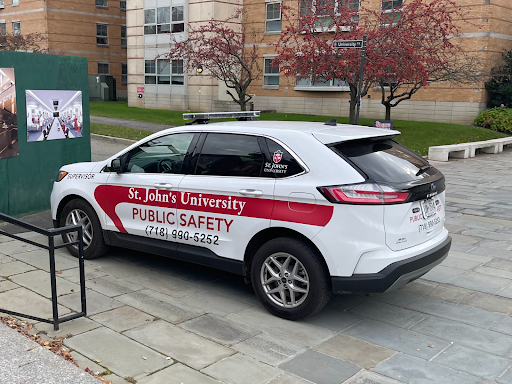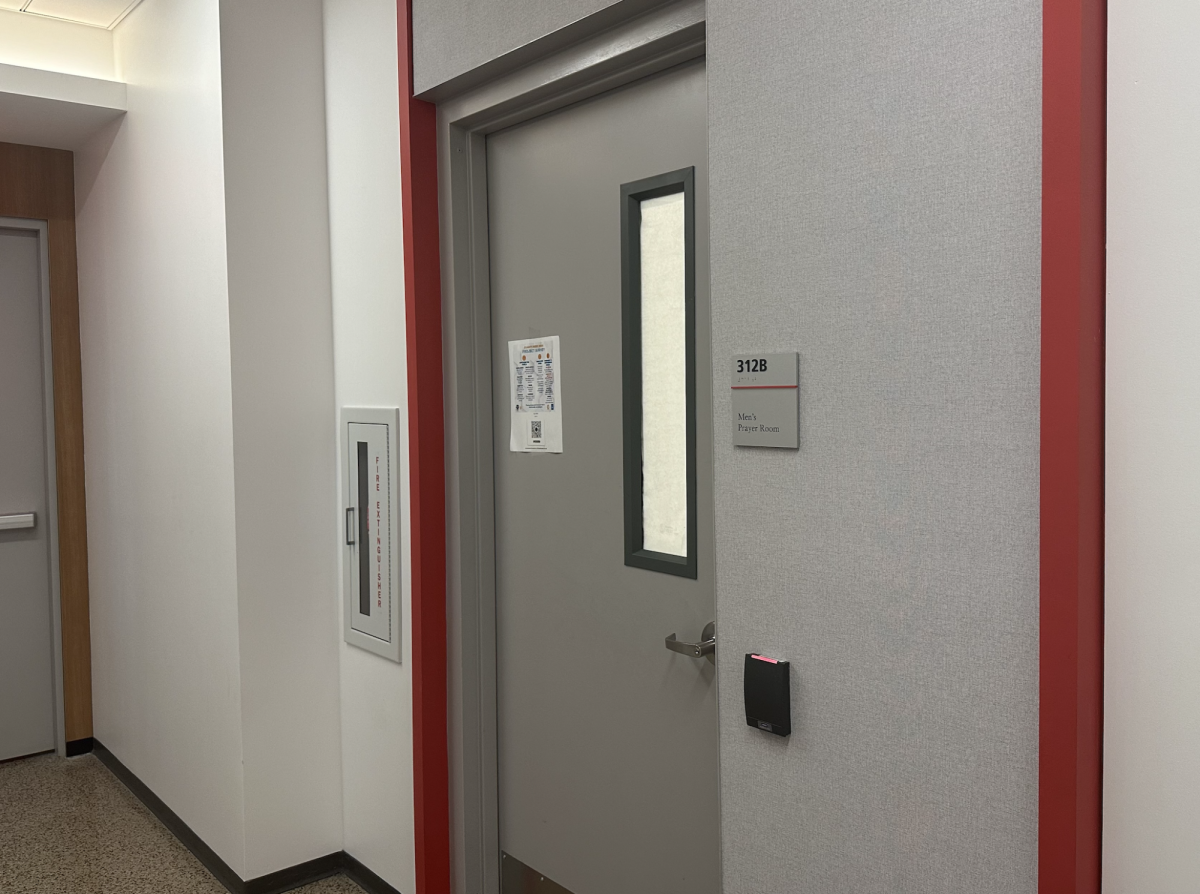Administrators have put together an exhibition full of relics and artifacts detailing the University’s legacy over its 144 years of existence.
Founded in 1971, University Archives, the group responsible for assembling the display, pulled a handful of signature items with some dating back to the University’s infant stages in the late 1800s. The exhibitions are separated into four categories: student activities and school spirit, academics, student publications, and “what did students wear.”
Originally, University archivist Blythe E. Roveland-Brenton and assistant archivist Alyse Hennig organized the exhibition for a Student Affairs conference, but it was decided to continue the exhibition located on the third floor of St. Augustine Hall, until Feb. 20.
Among the artifacts on display in the student activities section include a student handbook dating back to 1953 and a ticket stub from the University’s debate team’s face-off against Villanova in 1934 at St. John’s original campus in Brooklyn, according to Roveland-Brenton.
Many of the artifacts on display illustrate the University’s long history as a Brooklyn-based college; the school originally had two campuses: one on Lewis Avenue and the other on Schermerhorn Street, according to the University website. However, both of these campuses had completely shut down by the early 1970s.
The academics section of the exhibit features a photo of two graduate students, both nuns, working with a professor on penicillin research back in 1943. Roveland-Benton said the entirety of their research was used to write a master’s thesis.
An old promotional pamphlet dating back over a century ago (1909-1912) bears stunning calligraphy – another one of the many historical items inside the display case.
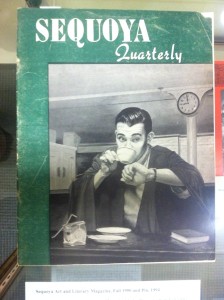
The “What did they wear” section of the exhibit contains perhaps the most comical artifacts. A cover from a Sequoya art magazine in 1950 features a senior on the front cover draped in the customary academic gown that senior students were required to wear all year during the 1940s and 1950s.
Roveland-Brenton described dress codes at St John’s to be common up through the 1960s, saying that “women were only allowed to wear dresses or coats, and men always had to wear ties.”
Perhaps the most baffling article of clothing in this exhibit is a little red cap, known as the “freshman beanie.”
Roveland-Brenton explained that it served as a prominent reminder of freshman hazing that not only existed among the student body at St. Johns, but was fostered by the University. This beanie was included in the freshmen welcome package for years.
Freshmen wore these red beanies to be identified as such; it was common practice for sophomores to pick out freshmen and hand them their books to be carried to class. Thomas Gould, an alumnus who wore it back in 1954, donated this particular hat.
The student publications section was admittedly difficult for the archivist team to put together, not due to a lack of resources, but rather to an overwhelming surplus of them.
“It was difficult for us to pick student publications because there have been so many over the years,” Roveland-Brenton said.
Some publications that did make the cut include some of the first issues of the now defunct Sparks literary magazine from the 1890s.
The Torch remains the oldest publication still in existence, first debuting in 1925.
The exhibition is not just meant for the pure enjoyment of those interested in history and school spirit alike.
“We are hoping that students will see this and want to donate things from their clubs for the historical records,” Alyse Hennig said.


